Choosing Teapots - A Quick Guide to Shapes and Materials
24th Nov 2021
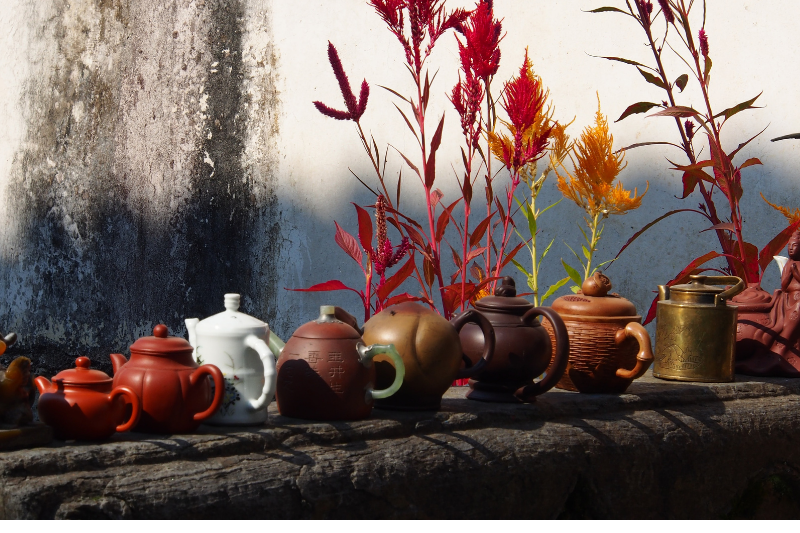
Why are teapots different shapes? Why are some made from clay and others metal? Does their shape and material really matter?
Our beloved teapots come in hundreds of variations. Although many are simply created to look nice (think novelty teapots), others are designed to adhere to traditional, as well as clever functional needs.
Here are five teapot types, along with some interesting facts
and features:
1. The Classic One - The Brown Betty
English teapots vary in aesthetic, examples being the Rosebud and Countess, but the Brown Betty is a true classic. Made in Staffordshire from local red clay, it is excellent at retaining heat. Finished with a ‘Rockingham Glaze’, Brown Betty is easy to clean and doesn’t stain as much as other porcelain.
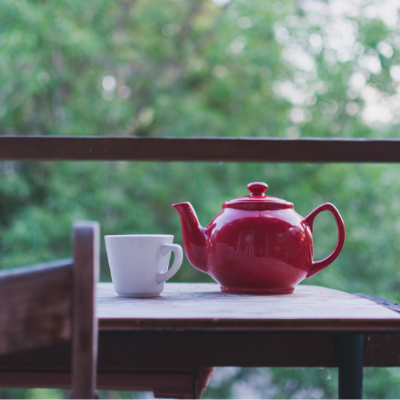
The distinctive globular base allows plenty of space for black tea leaves to swirl and brew and the long spout acts as an important filtration device preventing tea leaves from pouring out, along with the tea.
2. The Metal One – Cast Iron or Silver
As we have mentioned in previous blog posts, the water quality can have a dramatic effect on the taste of tea. Metal teapots such as silver and cast iron can help remedy the hardness of water. They release ions which neutralize and sweeten any bitterness that is caused by calcium carbonate.
Many people use cast iron teapots for brewing black teas, which also have excellent antibacterial qualities. These clever teapots will effectively kill off any remaining bacteria in teas that have a long fermentation process.
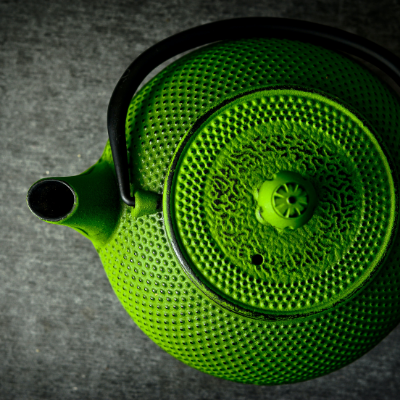
3. The Pretty One - Glass
Glass teapots are very delicate and not the easiest to clean, but they are pretty good at retaining heat. However, the main feature of glass teapots is the ability to watch your tea brew to perfection. Many tea lovers will choose flowering teas such as jasmine pearls, herbal tisanes like chamomile flowers and even high-grade loose leaf teas to infuse in their impressive design pieces.
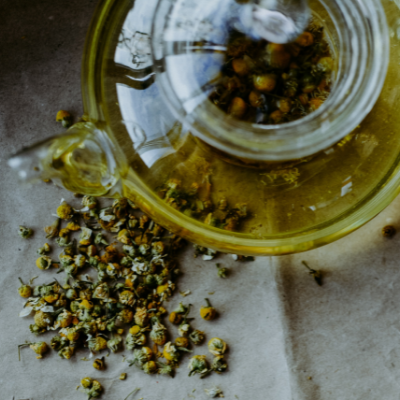
4. The Famous One - Yixing Teapot
Clay teapots, not to be confused with porcelain, have a rich history. The most famous being the Yixing teapot (pronounced 'eeshing'), which can be traced back to the 15th century. Made from purple sand clay in China, these teapots are very porous. Each time they are used the vessel absorbs minerals along with the taste of the tea. Over time, it is possible to brew using just hot water when you can enjoy the flavours that the pot exudes.
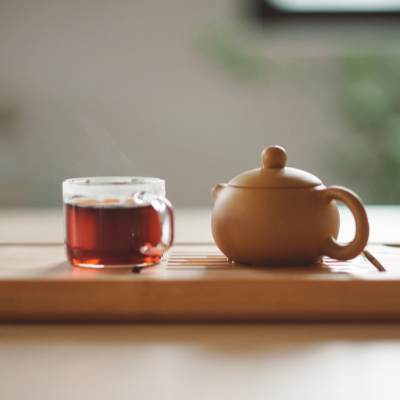
Yixing teapots also have low thermal conductivity. Rather that using the handle many tea connoisseurs prefer to pour by holding the pot in their hands – which we think looks pretty fancy.
5. The Affordable One - Stainless Steel
Many people would associate stainless steel teapots with mass produced, canteen style designs of 1950s post war Britain. While the familiar hinged lid and black Bakelite handle are emblematic of mid-century modern design, these pots are predominantly used in Morocco, for brewing Maghrebi (mint) tea.
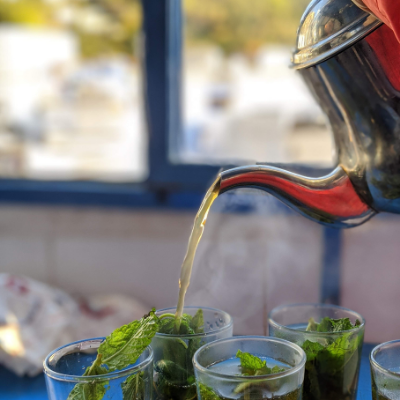
Low production cost makes stainless steel teapots easily affordable and their heat resistance means they can be placed directly on the stove. The large spout means that tea can be poured from above a good height, at least 12 inches from the cup. This helps to create a desirable foam on the surface of mint tea by oxygenating the boiled water.
Final Thoughts
We are endlessly fascinated by the rich history, design and
thought process that goes into tea production and related tea wares. We have
only just skimmed the surface when it comes to teapot design and function, but
we hope that you have enjoyed a short overview.

